The Mississippi Gulf Coast Birding Trail - Napoleon by the Pearl Just miles from Bay St. Louis, you can step into another world - and another time - at this isolated spot on the Mississippi birding trail. - by Ellis Anderson photography by P. Chris Christofferson and Ellis Anderson
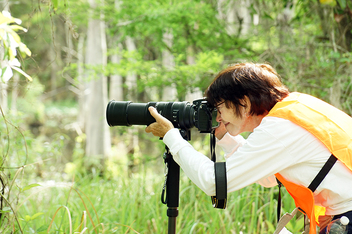 The lightening sky revealed a heavy fog as I drove down to Waveland to pick up my partner in this morning adventure, photographer P. Chris Christofferson. She brought along her own camera equipment, mosquito repellent, several bottles of water and a picnic lunch. She also gifted me with a nifty fluorescent orange vest. While it wasn’t hunting season, we didn’t want to be mistaken for wild boars by anyone else we might come across while trekking through the Hancock County wetlands. The two of us would be stalking birds, armed with cameras rather than guns. As another safety precaution, we'd also told our husbands where we were going, so in case we went missing for a few days, they might come and look for us. We were headed to Napoleon (or Napoleonville, as it’s called on the Mississippi Gulf Coast Birding Trail map), the site of a centuries-old historic community on the east bank of the Pearl River. Its residents were resettled when Stennis Space Center was constructed in the 1960s, so now it’s officially “extinct.” But 14,000 years or so before this place was named after a French emperor, Native American civilizations made this magical land their home, hunting camels and tigers and mastadons. Later cultures built earthworks and mounds that have survived thousands of years. The incredible pine forests that sheltered eons of animals and humans – ones that must have rivaled the west coast redwoods - did not survive. They were completely razed by short-sighted lumber barons in the late 1800’s and early 1900’s. “Completely” is not hyperbole in this case. To my knowledge, there’s not a stand of them remaining on the entire Mississippi coast (e-mail me if you know of one!). Yet the landscape near the Pearl still oozes with a primordial atmosphere. One wouldn’t be awfully surprised if a bison came lumbering through the underbrush. Chris and I were using the new Mississippi Coast birding trail on-line guide. The Napoleonville site is one of the places recommended for year round observation of several “sought after species.” The sighting of one of these birds scores major points in the serious bird-watching world. Both Chris and I are novice bird-watchers, so approached the morning’s expedition with an open mind. Good thing. While we didn’t succeed in getting any spectacular photos of birds, we both reveled in having a good excuse to go tromping around in the woods, immersing ourselves in the natural world and for that morning at least, becoming just two more creatures in a forest swarming with life. The stress of our everyday lives melted away. We found ourselves in a different world, one where deadlines and obligations became meaningless. Napoleon is part of the Mississippi Gulf Coast Birding Trail and a highlight of the the Hancock County Scenic Byways. Here’s a quick run-down on what to expect at Napoleon if you’d like to take your own birding expedition. Head north on Hwy 607, past the 1-10 Exit 2 interchange, toward the Stennis Space Center complex gate. You’ll see a brown sign pointing to the Napoleon turnoff, turn left there. Eventually, you’ll come to sign pointing to another turn-off to your right, onto a gravel/dirt road. The times I’ve been out there, the road has been in pretty good condition, so most cars ought to be able to handle it with ease. Slideshow images by P. Chris Christofferson
Since the bog is right by the side of the unpaved road, it’s easy to observe without wading in. Cypress rise up on their knees from the surface of water that’s not moving, but is certainly not stagnant – it’s rippling with life invisible to human eyes. The symphony of sounds generated from this small patch of swamp silenced our conversation. Nothing we could say to each other could be as fascinating as the calls and cries emerging from the marsh.
Our bird-photography score for the day may have been exceedingly low, yet we were finally rewarded with the sight of a prothonotary warbler. Although I recognized it from photographs, it was the first live one I’d ever seen. At once, I understand the thrill of bird-watching. Before this trip, I would have rated the excitement of the hobby as being slightly above the level of glacier racing. The yellow bird flited from limb to limb before us and refused to pose for our cameras, but that didn't dampen our joy. The things that did model for our cameras were the showy jungle-like flora of the area. Chris ended up snagging the Awesome Shot of the Day, capturing the image of a bee gathering nectar from a splendid white bloom. I couldn't identify either the plant nor the insect. It didn't seem to matter. Our morning ended when I was impaled in the thumb by a rusty fishhook while pushing myself up from a pond bank. Yet, even the possibility of tetanus had me dragging my heels, reluctant for our adventure to end. We added one item to carry in the car for future expeditions: a first aid kit. Leaving near noon, we were still besotted by the swamp experience. On the way home, we detoured and checked out the trail-head of the Possum Walk Heritage Trail in Logtown and the Ansley birding site, scouting them out for future expeditions – and for future editions of the Cleaver. Read the first article in this series about the Mississippi Coastal Birding Trail in Hancock County. Tips for beginning bird-watchers Comments are closed.
|
Categories
All
Archives
July 2024
|
Shoofly Magazine Partners
Our Shoofly Partners are local businesses and organizations who share our mission to enrich community life in Bay St. Louis, Waveland, Diamondhead and Pass Christian. These are limited in number to maximize visibility. Email us now to become a Shoofly Partner!

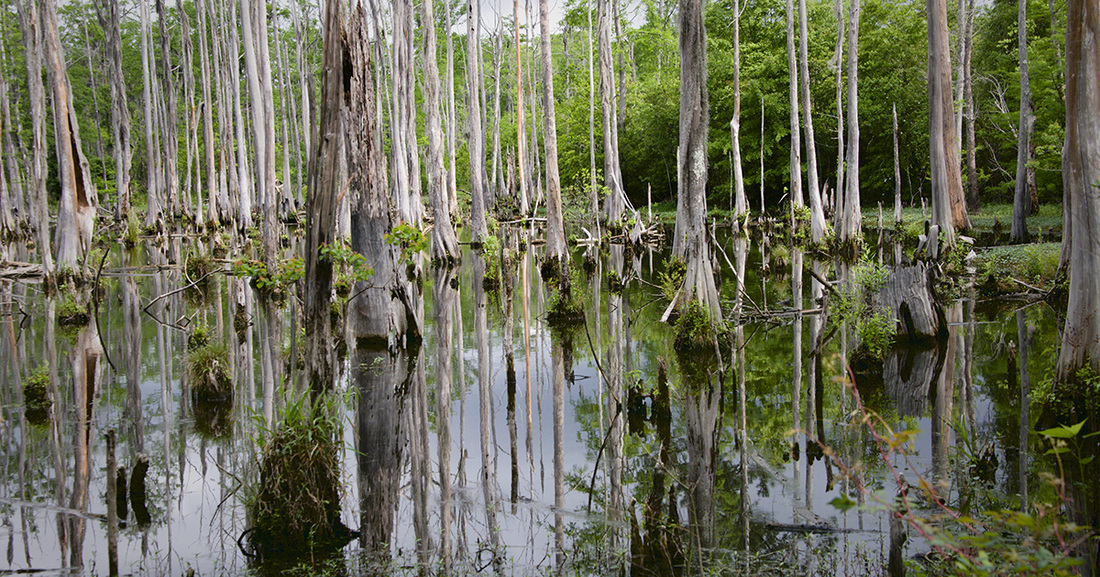
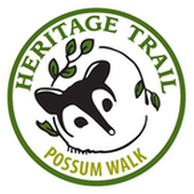
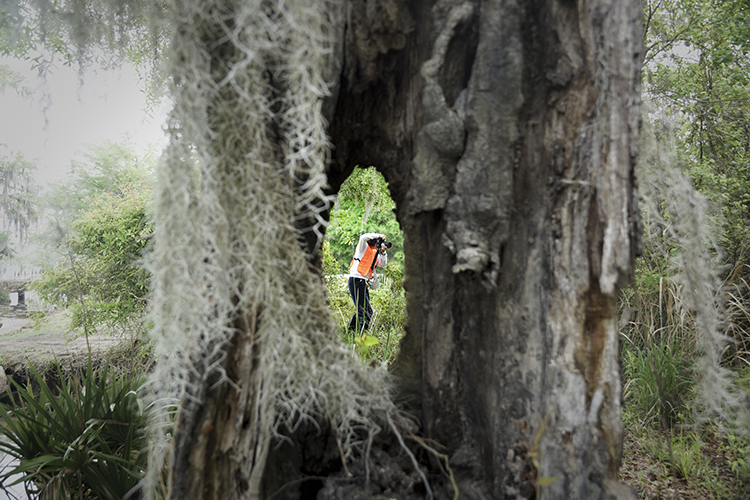
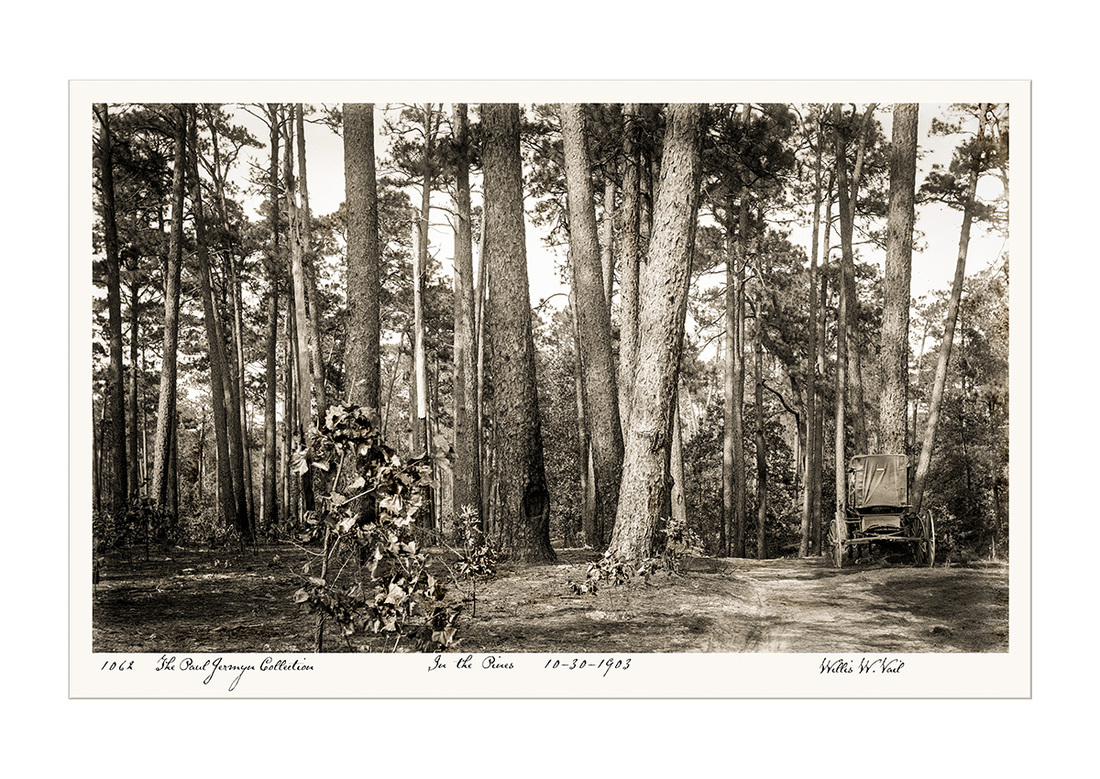

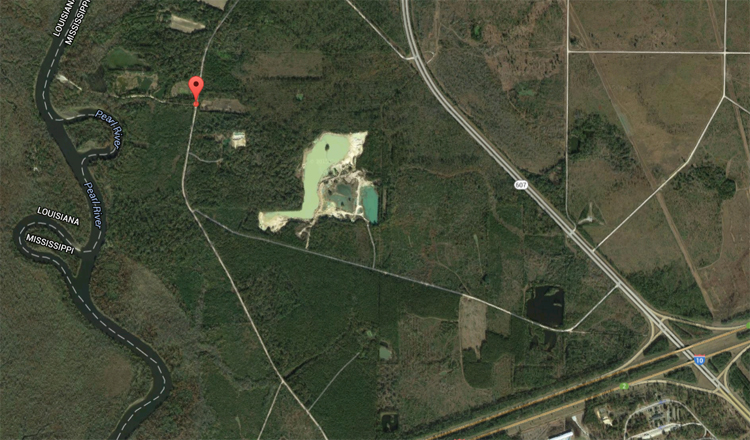
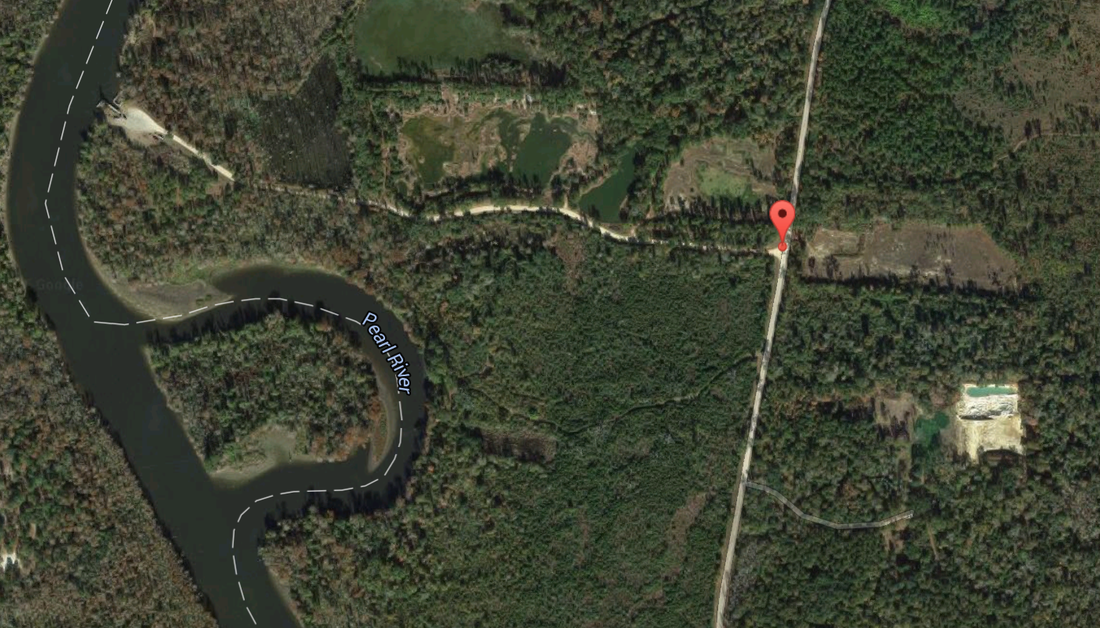
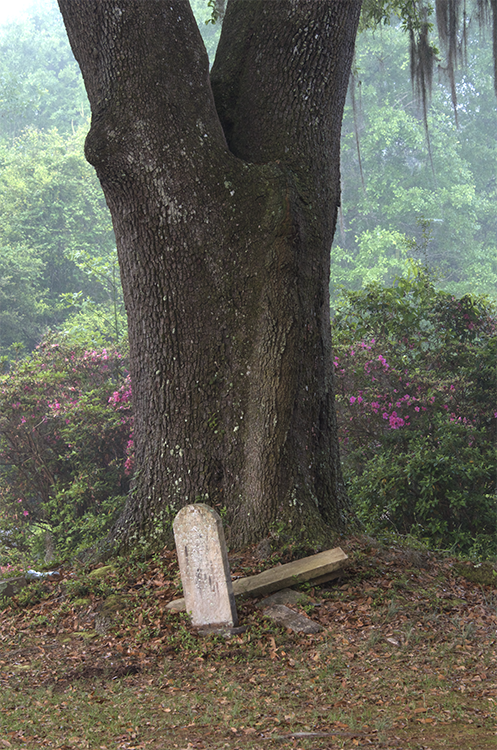
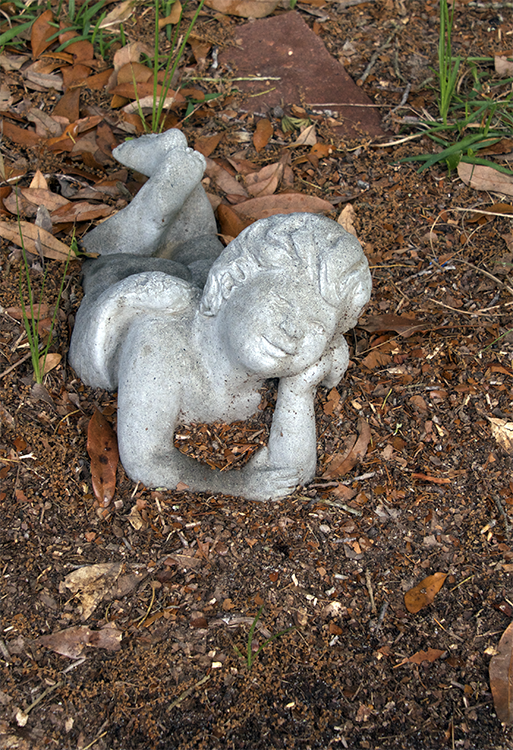

























 RSS Feed
RSS Feed























